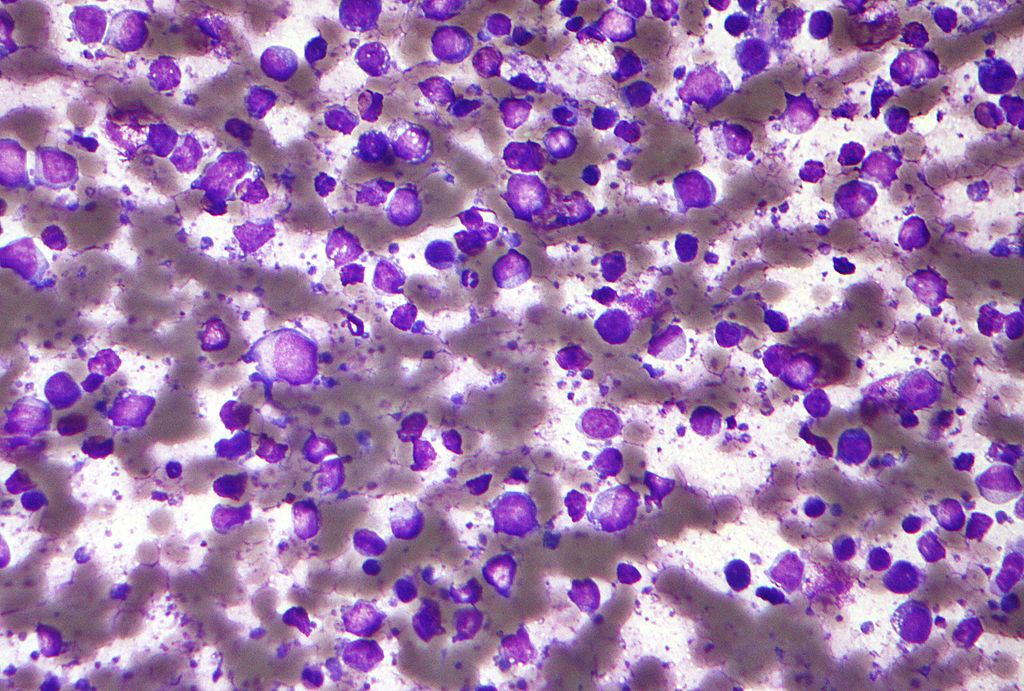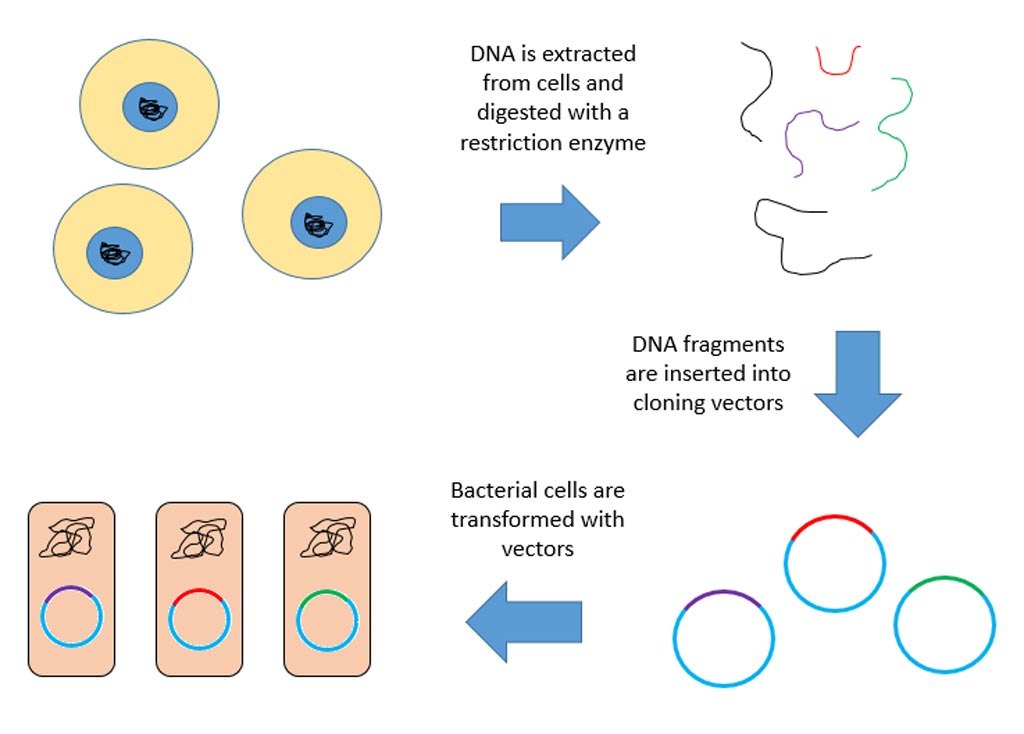Interfering with Chromatin Adaptor Proteins Blocks Growth of Leukemia Cells
By LabMedica International staff writers
Posted on 18 Oct 2011
A low molecular weight inhibitor of a class of proteins that regulates gene activity through interaction with chromatin (DNA and histones) has a potent inhibitory effect on aggressive and often incurable mixed lineage (MLL-fusion) leukemia.Posted on 18 Oct 2011
The chromatin regulating BET proteins constitute a family of bromodomain-containing proteins, which recognize acetyl-lysine modifications on histones. BET proteins are “chromatin adaptors” which can recruit other proteins or entire protein complexes to a specific site on the chromatin. A bromodomain is a protein domain that recognizes acetylated lysine residues such as those on the N-terminal tails of histones. This recognition is often a prerequisite for protein-histone association and chromatin remodeling.
Investigators at Cellzome (Heidelberg, Germany) and colleagues at research institutions in the United Kingdom used a global proteomic strategy to demonstrate that MLL fusions were associated with the BET family of acetyl-lysine recognizing, chromatin adaptor proteins.
The data they collected provides the basis for therapeutic intervention in MLL-fusion leukemia, via the displacement of the BET family of proteins from chromatin. This was accomplished with a novel small molecule inhibitor of the BET family, GSK1210151A (I-BET151). Results published in the October 2, 2011, online edition of the journal Nature revealed that this drug had profound efficacy against human and mouse MLL-fusion leukemic cell lines, through the induction of early cell cycle arrest and apoptosis.
Dr. David Simmons, CSO of Cellzome, said, “This publication shows how our chemoproteomic technology can guide epigenetic drug discovery. This new and exciting field of biology offers great potential for developing novel therapeutic interventions as ‘personalized epigenetic medicines,’ and I am pleased that the expertise we have built at Cellzome is making a significant contribution at the forefront of this field.”
Related Links:
Cellzome













